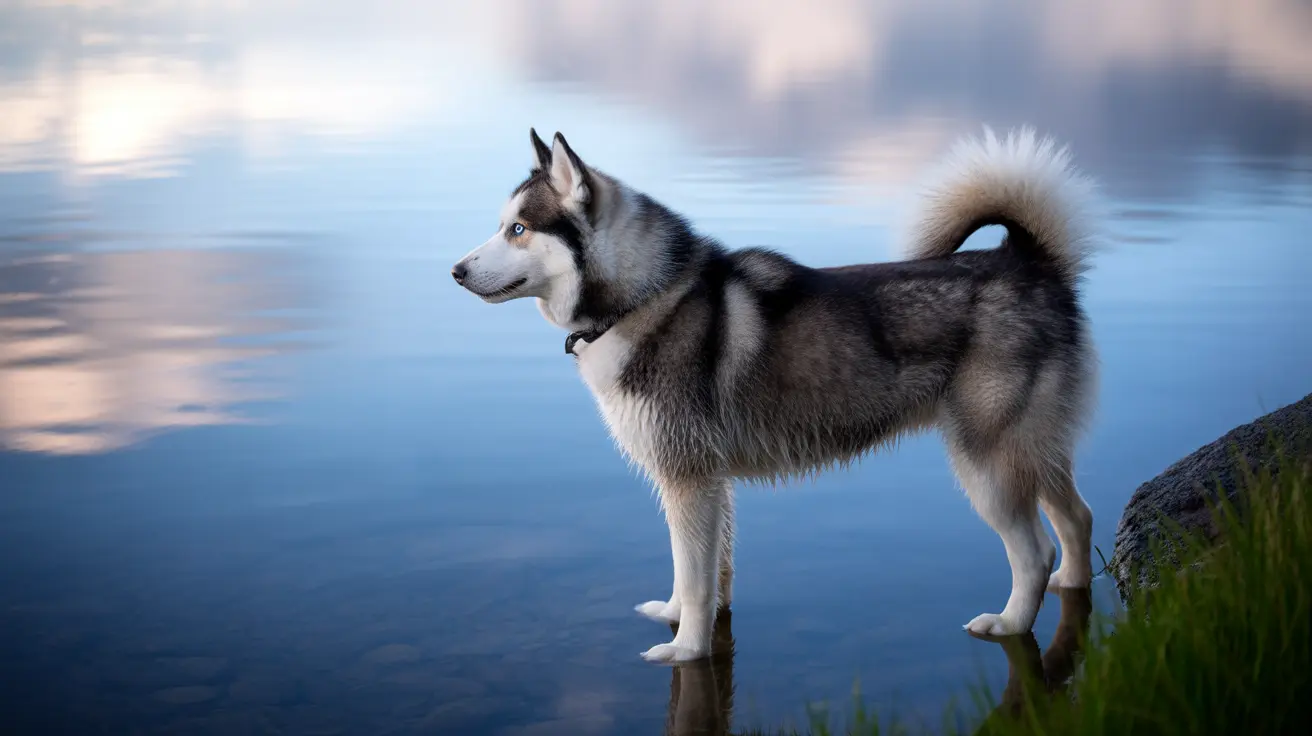Introduction
Siberian Huskies are renowned for their striking and diverse eye colors, making them one of the most visually captivating dog breeds in the world. From piercing blue to rich brown, and even combinations of both, these remarkable dogs showcase a fascinating range of eye coloration that sets them apart from other breeds. Understanding Siberian Husky eye colors involves delving into complex genetics, development patterns, and breed characteristics that make these dogs truly unique.
The Spectrum of Husky Eye Colors
Siberian Huskies display an impressive array of eye colors, with several common variations:
- Brown eyes (60% of Huskies)
- Blue eyes (25% of the population)
- Bi-colored or heterochromic eyes (10%)
- Parti-colored eyes (5%)
Each color variation comes with its own unique characteristics and genetic foundations, contributing to the breed's distinctive appearance.
Understanding Eye Color Development
All Husky puppies are born with blue eyes, but this isn't necessarily their permanent color. By 6-7 weeks of age, their true eye color begins to emerge, though changes can continue until they reach about 6 months old.
During development, some puppies may temporarily display green eyes, particularly those with copper-colored coats. This intermediate color typically transitions to light brown, amber, or hazel as the dog matures.
The Genetics Behind Husky Eye Colors
Recent genetic research has revealed fascinating insights into why Huskies have such unique eye colors. A specific DNA duplication near the ALX4 gene on chromosome 18 plays a crucial role in producing blue eyes. This genetic variant is dominant, meaning a single copy can result in blue or bi-colored eyes.
Interestingly, this genetic marker is distinct from the blue-eye genes found in other dog breeds, making the Husky's eye coloration truly special. The presence of other genes, including those responsible for facial masking, can influence the final eye color outcome.
Health and Eye Color Connection
Unlike some genetic color variations in other breeds, Siberian Husky eye colors - whether blue, brown, or mixed - don't correlate with any known health issues. Their vision remains equally sharp regardless of eye color, and conditions like heterochromia are completely natural for the breed.
Breed Standards and Recognition
The American Kennel Club and other major registries embrace the diverse eye colors found in Siberian Huskies. All natural eye colors and combinations are accepted in show dogs, provided the eyes are healthy and properly formed.
Frequently Asked Questions
What causes the different eye colors in Siberian Huskies, including blue, brown, bi-eyed, and parti-eyed?
The primary cause is a genetic duplication near the ALX4 gene on chromosome 18, which can produce blue eyes. Additional genetic factors, including mask genes and other modifiers, influence whether a Husky will have brown, blue, or mixed-colored eyes.
How can I predict my Siberian Husky puppy's adult eye color and why do their eyes change after birth?
While all Husky puppies are born with blue eyes, their permanent color typically becomes apparent between 6-7 weeks of age. Final color changes can occur up to 6 months old. The color change is part of normal development as pigmentation genes become fully expressed.
What is heterochromia in Siberian Huskies and why do some have one blue eye and one brown eye?
Heterochromia refers to having different colored eyes. In Huskies, it results from the variable expression of the ALX4 gene duplication and other genetic factors, causing one eye to develop differently from the other.
Does having blue or mixed eye colors affect the health or vision of a Siberian Husky?
No, eye color variations in Huskies do not affect their vision or overall health. Unlike some color-related genetic conditions in other breeds, Husky eye colors are purely cosmetic features.
How does Siberian Husky genetics influence the likelihood of blue eyes versus brown eyes?
The presence of the chromosome 18 duplication significantly increases the likelihood of blue eyes. However, other genetic factors, including mask genes, can influence the final eye color. Brown eyes remain the most common color, appearing in about 60% of Huskies.
Conclusion
The enchanting variety of Siberian Husky eye colors represents one of the breed's most distinctive features. From their early development to the complex genetics behind their unique coloration, these fascinating characteristics continue to captivate dog lovers worldwide. Whether sporting ice-blue, rich brown, or striking combinations, each Husky's gaze tells a story of remarkable genetic diversity and natural beauty.






